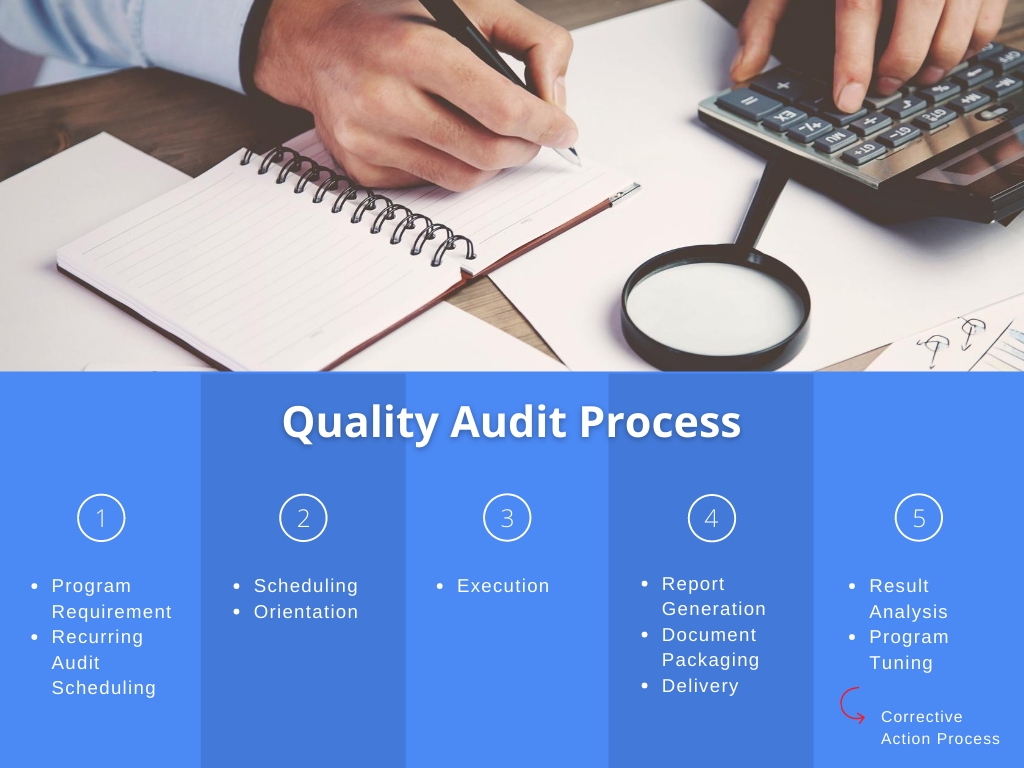However, it’s still a good idea to go through your link profile occasionally and clear up any inconsistencies. Old links and negative SEO attacks are just two possible liabilities a link quality audit can catch. This type of consistency is a strength for content marketing; with the right strategy, repetition breeds familiarity and eventually, a greater impact.
- Monitoring algorithm updates, indexing problems, and mobile-friendliness is crucial.
- This step helps in providing focus and direction throughout the audit process.
- For example, a title tag can be optimized by including the main keyword and a brief, engaging description, while meta descriptions should be informative and enticing to encourage users to click.
- Another way is to use Google Analytics to view traffic from all search engines.
Identifying Target Keywords
When conducting an SEO audit for a website, it is important to analyze different aspects separately. These include the backlink profile, indexing status, site health check, and technical SEO audit. It will help you to understand the user intent so you can give the best value. Try to identify which markups (reviews, events, articles, products, etc) can be a good fit for your client’s website. For other websites, Schema markup generator is a good tool to create the code. SEO for global brands are always spying on competitors, and it’s no different when it comes to SEO audits.

Effective Marketing Strategies for Credit Unions
Think of this step as similar to curating your professional network—it’s important to know who is vouching for you and ensuring that their reputation doesn’t tarnish yours. A user-friendly interface isn’t just about aesthetics; it directly impacts productivity. For instance, a well-organized dashboard, clear labeling of features, and easily accessible menus significantly contribute to an efficient workflow. It’s like having a map in unfamiliar territory – guiding you through complexities and helping you achieve objectives with ease. As you address and resolve issues, new opportunities may arise or existing priorities may change. Breaking down the analysis process into separate subtasks can make it easier.
During the mobile-friendliness assessment, factors such as responsive design, mobile page loading speed, and mobile usability are examined. This analysis helps in ensuring that the website displays properly on various mobile devices, including smartphones and tablets, and provides a seamless experience for mobile users. These tags specify the original source of the content and help search engines understand which page should be prioritized for indexing and ranking.
Finally, take a look at the links you removed and determine the fault point that led to their creation. Make any corrections that you need to make, and get your team up to speed on the adjustments. The more you refine your strategy, the better your link profile will be, and your link audits will be much easier as a result. The first step, of course, is to build exclusively high-quality links in your profile. If you only submit the best links, it makes sense that you’d never have to worry about a penalty, and a link quality audit would seem redundant.
You can also contact the hosting company directly to try and get closer to the google search console webmaster. In these cases, if a website has committed a particularly atrocious offense, a Google analyst may submit a manual penalty and greatly reduce that website’s visibility across the web. You will receive a formal notification if this happens, and the road to recovery is long and difficult. The main areas for improvement for this site would be performance and security.
The robots.txt file is a text file that gives instructions to search engine crawlers about which pages of a website should be crawled and indexed. It serves as a “do not enter” sign for certain parts of your website that you don’t want search engines to access. By implementing a robots.txt file, you can control how search engines interact with your website, prevent indexing of sensitive or duplicate content, and improve overall crawling efficiency. By submitting an XML sitemap to search engines, you increase the chances of all your website pages being indexed. This is especially useful for large websites, websites with dynamic content, or websites with complex navigation structures that may otherwise be difficult for search engines to crawl effectively.
These tools help you guide search engines toward your website’s most useful content. Google PageSpeed Insights is a tool that works in tandem with the Chrome User Experience Report. It checks your website’s loading time for desktop and mobile devices and generates real-time reports on overall page speed. These evaluations help identify problems that slow down a site’s performance so you can adjust content, layout, or other hidden hindrances accordingly and improve page load times. Technical SEO refers to optimizing your website for the crawling and indexing phase. It’s the foundation upon which your content is built; if your foundation is weak, no amount of content optimization can bring you the desired results.
